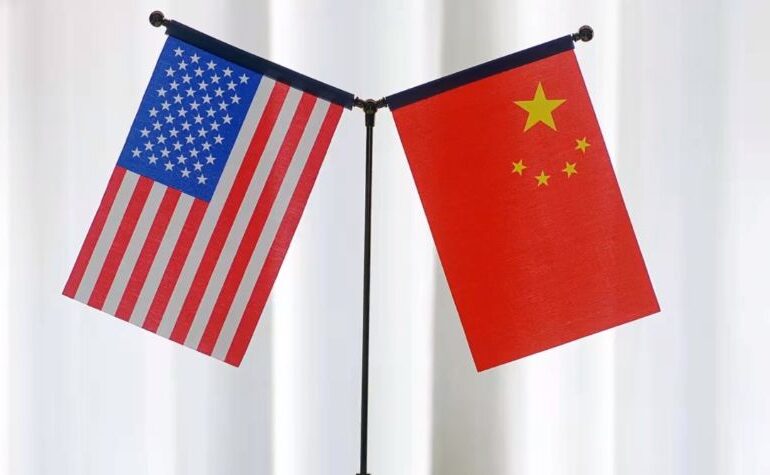President Donald Trump has extended the trade truce with China by another 90 days, during which negotiations will continue.
Trump posted on his social platform Truth Social that he signed the executive order for the extension, stating that „all other elements of the agreement will remain unchanged,” according to the Associated Press (AP).
At the same time, Beijing also announced the extension of the tariff pause through the official news agency Xinhua.
The previous deadline was set for Tuesday at 12:01. If this had happened, the US would have increased tariffs on imports from China from an already high level of 30%, and Beijing could have responded by raising tariffs as a retaliatory measure on American exports to China.
The pause provides time for the two countries to resolve some of their differences, possibly paving the way for a summit between Trump and Chinese leader Xi Jinping, which could take place later this year.
The announcement was welcomed by American companies doing business with China.
Sean Stein, President of the US-China Business Council, stated that the extension is "essential" to give the two governments time to negotiate a trade agreement that, American companies hope, would improve their access to the Chinese market and provide the certainty needed for them to make medium- and long-term plans.
Concluding a trade pact with Beijing remains an unresolved task for Trump, who has already disrupted the global trade system by imposing double tariffs on imports from nearly all countries worldwide.
The European Union, Japan, and other trading partners have accepted unequal trade agreements with Trump, agreeing to previously unimaginable American tariffs (15% for imports from Japan and the EU, for example) to avoid a worse scenario.
Negotiations Continue
Trump's trade policies have transformed the United States from one of the most open economies in the world into a protectionist fortress. The US average tariff has increased from 2.5% at the beginning of the year to 18.6%, the highest level since 1933, according to the Budget Lab at Yale University.
However, China has tested the limits of US trade policy, built around using tariffs as a weapon to obtain concessions from trading partners. Beijing had its own weapon: disrupting or slowing access to its rare earths and magnets, used in everything from electric vehicles to jet engines.
In June, the two countries reached an agreement to reduce tensions. The United States stated it would lift restrictions on the export of computer chips and ethane, a raw material used in petrochemical production. China agreed to facilitate American companies' access to rare earths. "The US realized they didn't have the advantage," says Claire Reade, senior counsel at Arnold & Porter and former assistant US Trade Representative for China affairs.
In May, the US and China avoided an economic catastrophe by reducing the massive tariffs they had imposed on each other, which had reached 145% for China and 125% for the US. These triple-digit tariffs threatened to end trade between the United States and China and caused a massive sell-off in financial markets.
At a meeting in May in Geneva, the two parties agreed to step back and continue negotiations: American tariffs were reduced to a still high level of 30%, and Chinese tariffs to 10%.
After demonstrating their ability to harm each other, the two sides have continued negotiations, which are ongoing today.

